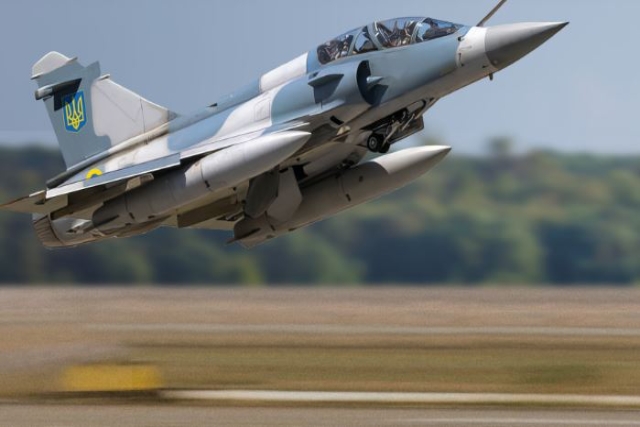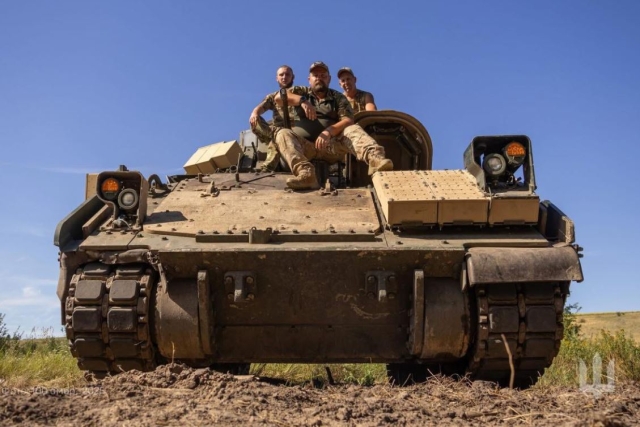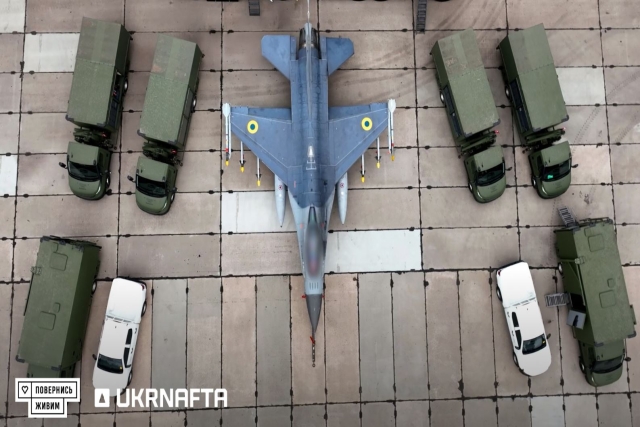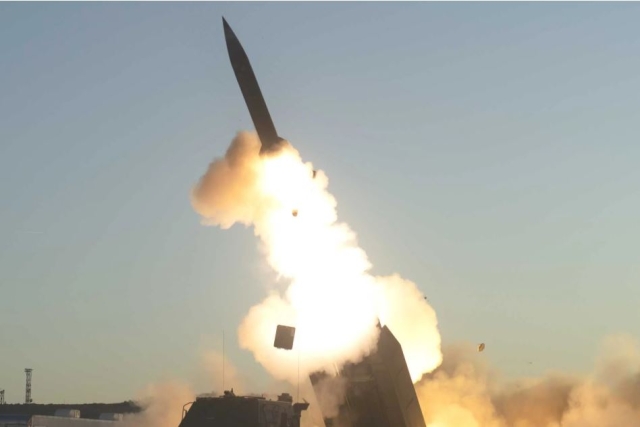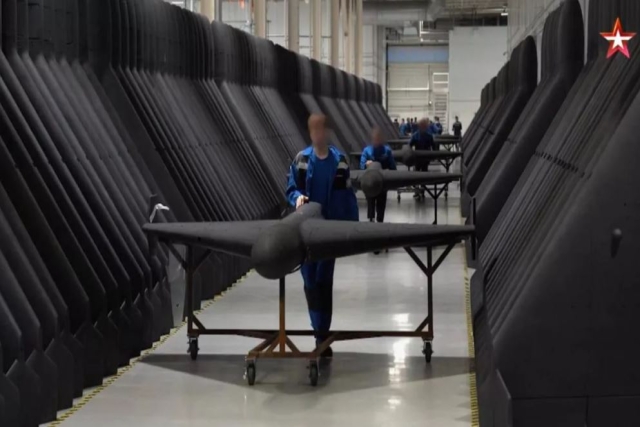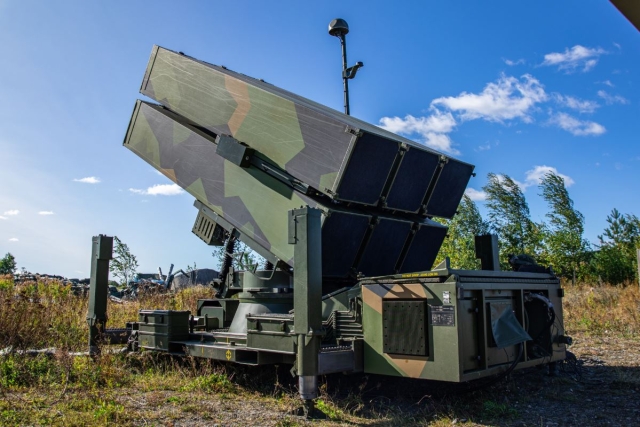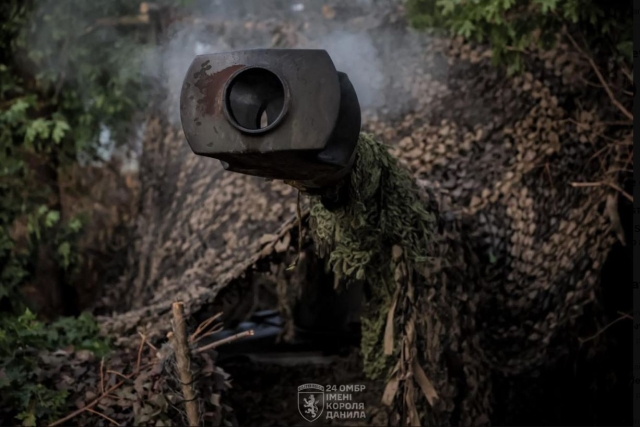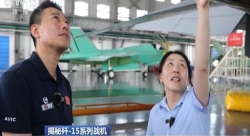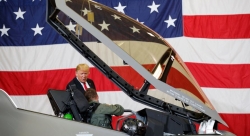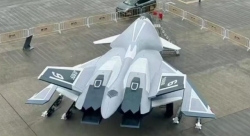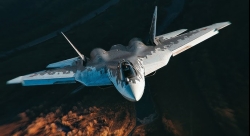Russian Official Claims U.S. Imitating ‘Cope Cage’ Tank Defenses in Abrams Upgrades
Russia’s state-owned firm says Western militaries are now mimicking once-mocked armor modifications amid rising drone threats
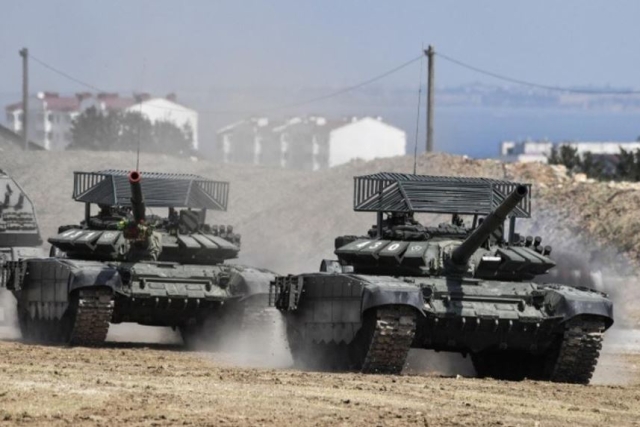
A senior Russian defense executive has claimed that U.S. defense contractors are now adopting battlefield protection measures that were once mocked as “cope cages” — a reference to the makeshift armor seen on Russian tanks in Ukraine.
Oleg Yevtushenko, executive director of Russia’s state defense conglomerate Rostec, told lawmakers at a State Duma meeting that innovations such as external mesh screens and thermal-masking tarps — initially ridiculed — are now being integrated into U.S. main battle tanks like the Abrams.
“I would like to note that some people abroad initially ridiculed our certain innovations, in particular the so-called cope cages,” Yevtushenko was quoted saying by Russian state media. “However, some countries are now starting to adopt this practice. It has been reported recently that the U.S. plans to reinforce the protection of its Abrams tanks, which, according to data at hand, have performed poorly on the battlefield.”
Yevtushenko pointed to reports that the Pentagon intends to equip Abrams tanks with passive elements to counter FPV (first-person view) drone attacks, and with a thermal-reducing coating. He called the coating an equivalent to Russia’s “Cloak” — a synthetic tarp-like material designed to mask a tank’s heat signature and blend it with the surrounding terrain.
“The special coating is the answer to our Cloak, and the additional protection is the answer to our set of screens, meshes, lattices and other outside-mounted structures,” he said.
He added that Russian tanks — including the T-90M Breakthrough — have shown resilience on the battlefield, claiming they remain functional even after being hit by multiple Ukrainian drones.
Russian armored vehicles are now routinely equipped with an array of counter-drone defenses, including cope cages, rubber-reinforced armor, anti-FPV meshes, and electronic warfare systems designed to disrupt incoming drone guidance.
